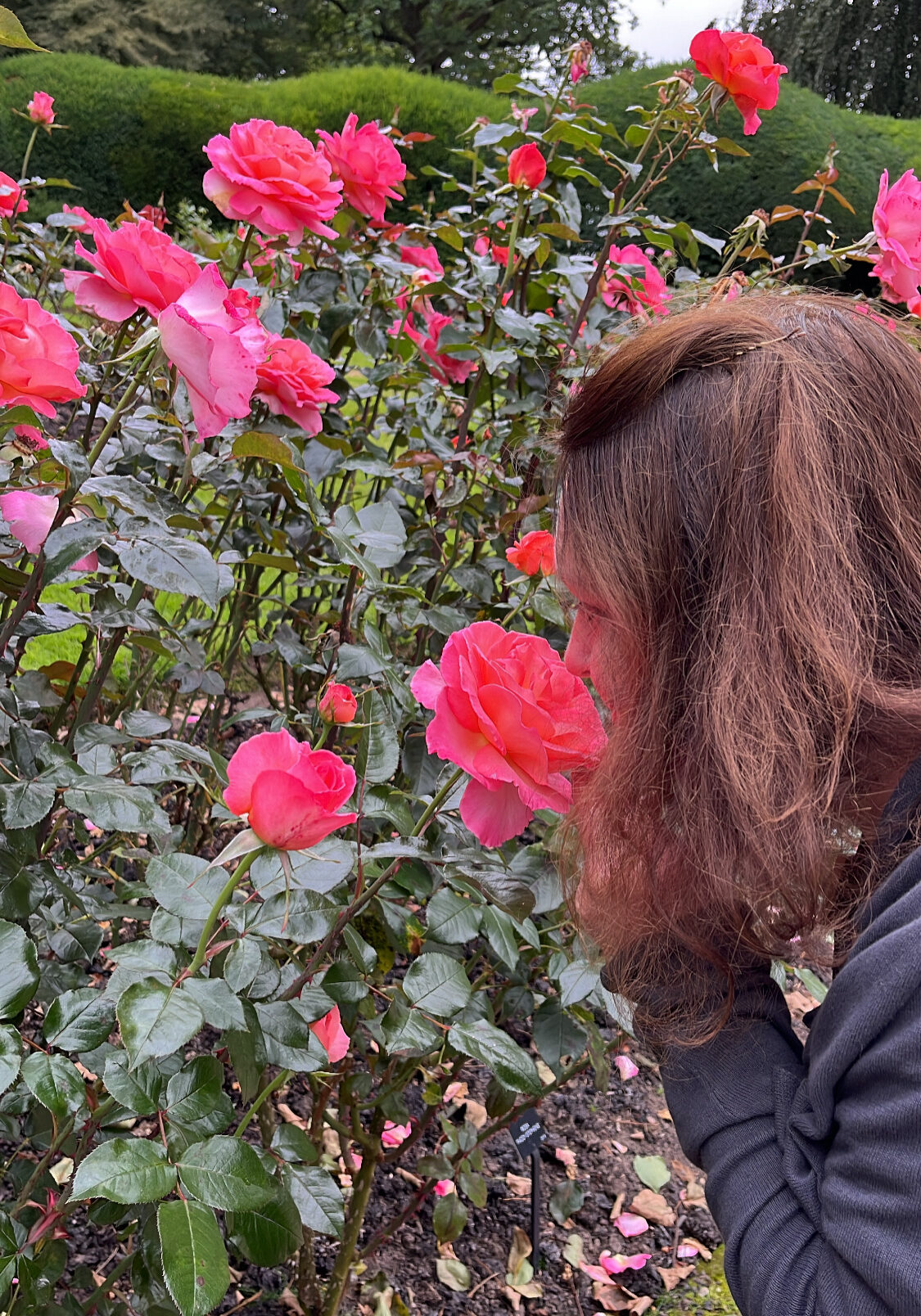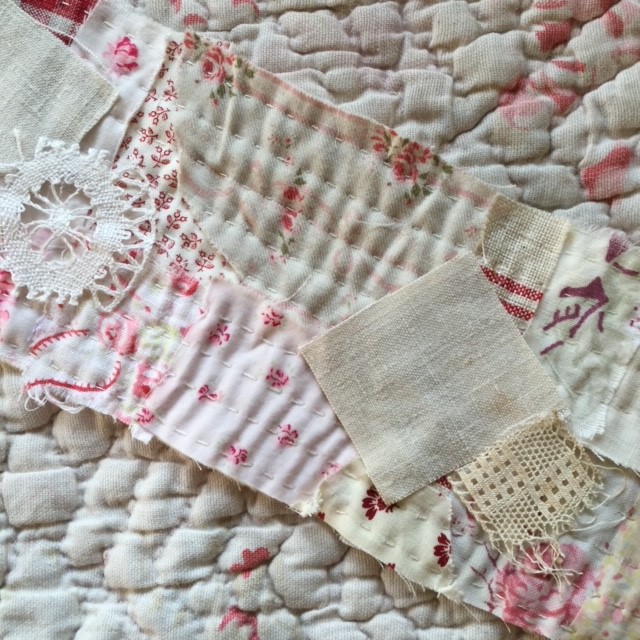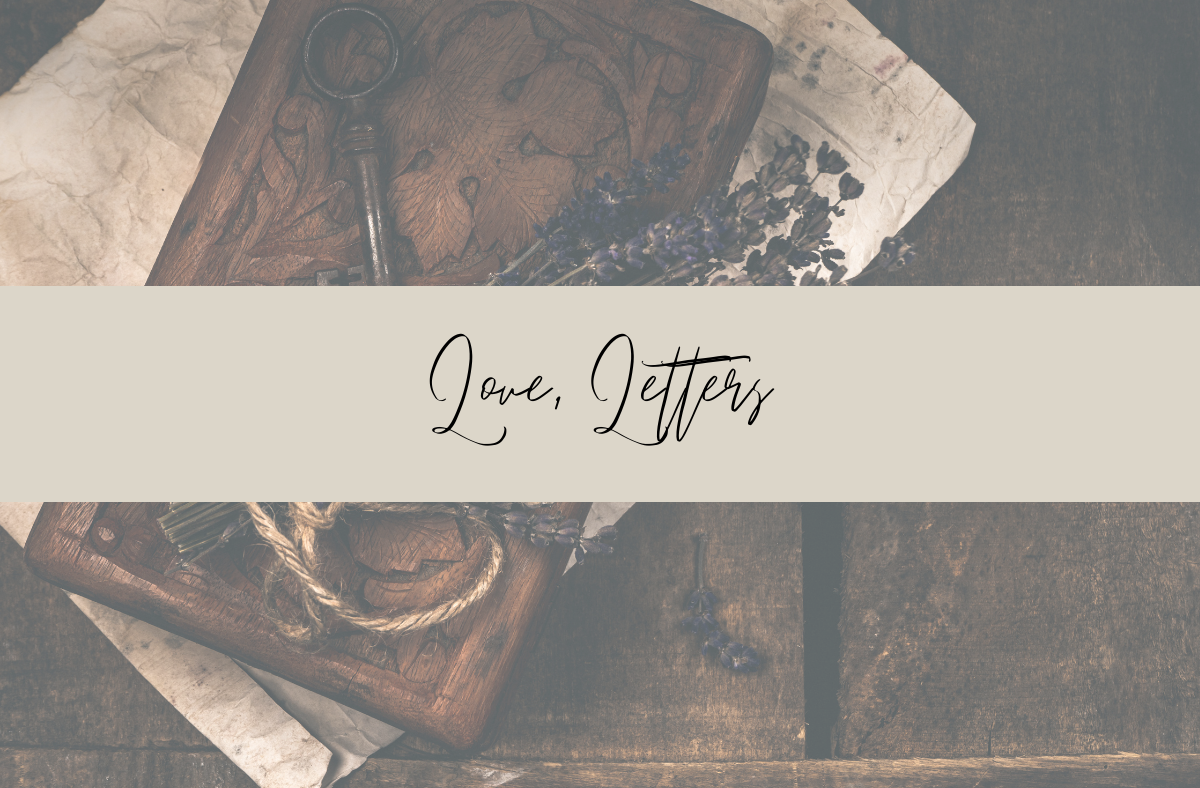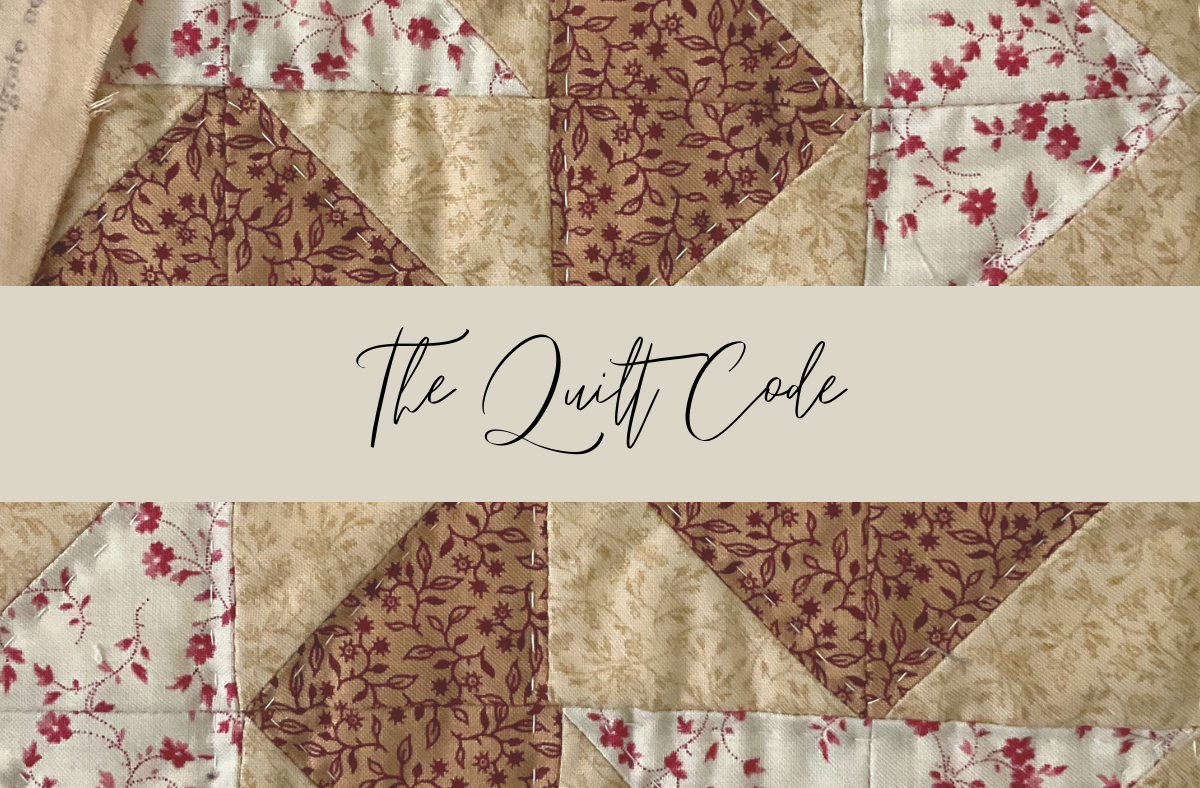
The Author Wants You to Know...
Name: Sue Phillips
My daughter’s name for me says it all ~ Susie Sewer ~ life long stitcher and worrier.
Instagram: @homespunwithlove

"Creative tasks also give a person who is neurodivergent an opportunity to socialise and interact in a group with like-minded people without feeling stressed.."
So whilst reading up on this month’s theme I came across a word I’d never heard of before ~ ‘stimming’.
According to the Oxford dictionary, stimming involves the repetitive action of certain physical activities, and one of the functions of this behaviour is calming or a coping mechanism.
I am not neurodivergent, but I have still needed a coping mechanism throughout my life and that has always been my creativity ~ sewing, embroidery, knitting. Even in my younger years I was always working with my hands in play ~ jigsaws, painting by numbers, Lego, all of which could be considered repetitive activities.
Creative tasks also give a person who is neurodivergent an opportunity to socialise and interact in a group with like-minded people without feeling stressed ~ and because everyone is so focused on the task there is no need either, to make eye contact.
A simple repetitive task in embroidery would be to engage in slow stitching, and here is a simple project to get you started. The aim is just to enjoy the process, working at a pace that suits you.
Slow Stitching
- Just take a piece of firm fabric for your background, like calico or linen. A good size to start could be 30cm (a foot) square.
- Then select smaller sized scraps of other fabrics (printed cottons or different shades of one colour) - iron first if badly creased. It’s probably easier to work with squares and rectangles. They don’t have to be the same size.
- Arrange to either create patches on the background, or fully cover the background fabric by overlapping in an arrangement that pleases you. If, like me, this is the part that takes the most time. Arranging and rearranging. Pin in place once you are happy.
- Thread your needle with embroidery thread - I suggest working with 2 strands of stranded cotton, or a single strand of perle cotton. Choose either a contrast or matching colour.
- Then stitch through the background fabric and patches to join them together with a simple running stitch. The stitches can be large or small, or vary them in size. You can stitch in straight, parallel rows - criss cross your rows, create spirals. Your aim is to make sure all the patches are fixed to the background.
- The finished piece can then be further embellished - add buttons, beads, lace, applique etc, or just left as it is.
Here is a photo showing a small sample of a piece of slow stitching that I created on a long strip of fabric:

To view some of Sue’s beautiful homespun creations, visit her Folksy store and use code Celebration10 for 10% off all orders:
If you enjoyed this article, you may enjoy reading...
Your online magazine showcasing a collection of personal stories intended to empower, inspire & celebrate. If you've enjoyed reading...
Celebration of Self Magazine is property of WAGMAG LTD 2023


